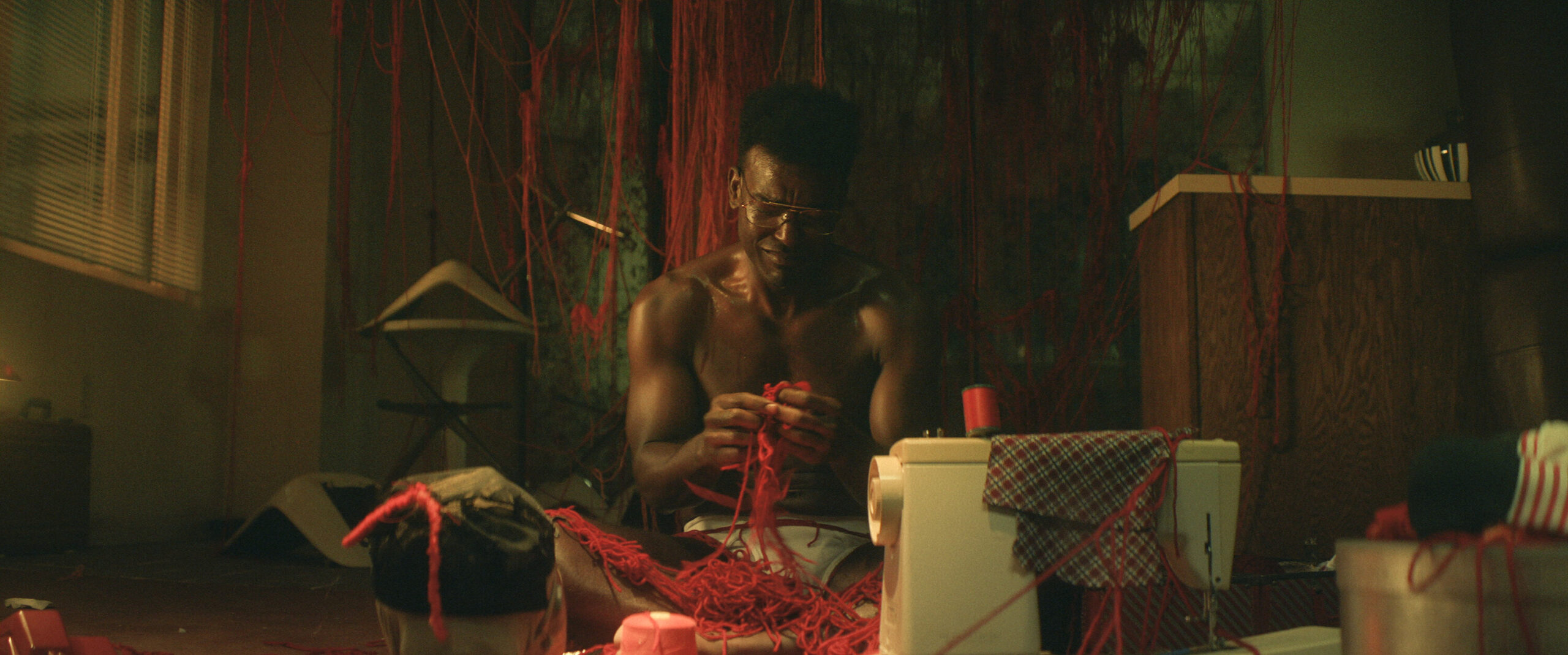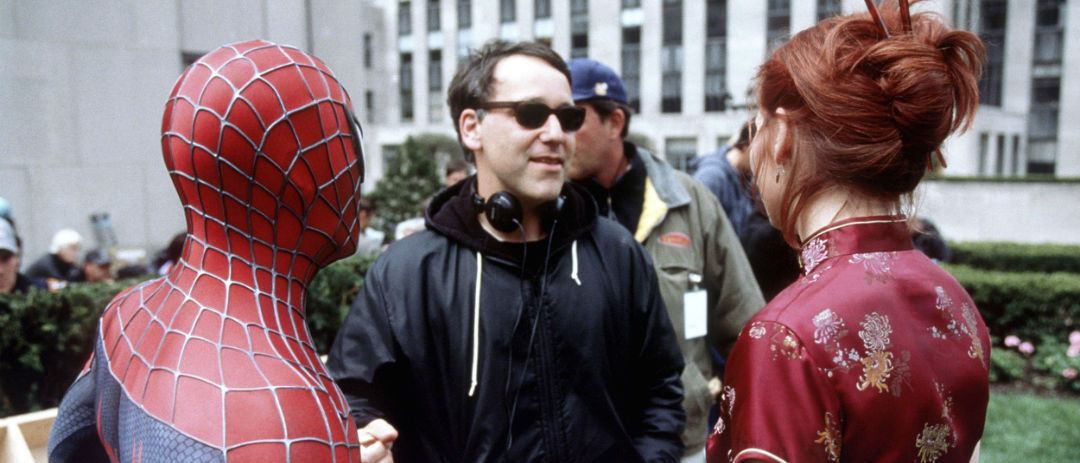
Motion smoothing, also known as the soap-opera effect, is a feature in most newer televisions that has been the bane of Hollywood director’s existence since it showed up. Now the Directors Guild of America has received an email, which happens to be signed by Christopher Nolan and Jonathan Mostow (Terminator 3: Rise of the Machines).
“Dear Fellow Directors:
Many of you have seen your work appear on television screens looking different from the way you actually finished it. Modern televisions have extraordinary technical capabilities, and it is important that we harness these new technologies to ensure that the home viewer sees our work presented as closely as possible to our original creative intentions. To this end, Christopher Nolan and Paul Thomas Anderson reached out, via the studio UHD Alliance, to television manufacturers. By starting a dialogue with the manufacturers themselves we hope to try and give directors a voice in how the technical standards of our work can be maintained in the home. The short survey in this email is a first step towards both demonstrating to manufacturers just how much we care about the presentation of our work, and offering some indications of the most common causes for concern. Take the survey here: [Redacted]
Thanks for taking the time to complete it and return it to us, we feel there is a real possibility here to try and improve the situation.”
ALSO SEE: Kit Harington Wanted To Be Harry Potter
/Film was given access to the survey the above letter references, below are some of the questions.
“Some of the questions from the survey follow below.
How important is it to you to have a simple way to get consumers’ home TV setup similar to monitors in the color-grading suites for viewing film and television content that YOU created?
For the following aspects of film and television playback, what elements of creative intent should be maintained in current home displays?
Motion/frame rate should match the original frame rate (no motion interpolation)
Home displays should maintain what was seen in the grading suite – in terms of color, brightness, black levels, white point, etc.
Dynamic range should be preserved – HDR should look like HDR, standard dynamic range should look like standard dynamic range, dynamic range should not be stretched.
Would you expect this “reference mode” to work for both SDR (standard dynamic range) and HDR (high dynamic range) content or just SDR or just HDR? Please choose one.
Would you expect this “reference mode” to be called the same thing on different manufacturers of TVs?”
I am not a fan of the setting and from what I understand, few people are. The setting just gives the content a weird, sort of glossy look and it feels like the movie or show is playing at 1.5x speed. Having said that, the feature works great for sporting events, but that seems to be it’s only saving grace.
Do you think filmmakers should have a say in the way their product is presented? Let us know in the comments down below!
Don’t forget to share this post on your Facebook wall and with your Twitter followers! Just hit the buttons on the top of this page.
Source: /Film

 FOR FANBOYS, BY FANBOYS
Have you checked out LRM Online’s official podcasts and videos on The Genreverse Podcast Network? Available on YouTube and all your favorite podcast apps, This multimedia empire includes The Daily CoG, Breaking Geek Radio: The Podcast, GeekScholars Movie News, Anime-Versal Review Podcast, and our Star Wars dedicated podcast The Cantina. Check it out by listening on all your favorite podcast apps, or watching on YouTube!
Subscribe on: Apple Podcasts | Spotify | SoundCloud | Stitcher | Google Play
FOR FANBOYS, BY FANBOYS
Have you checked out LRM Online’s official podcasts and videos on The Genreverse Podcast Network? Available on YouTube and all your favorite podcast apps, This multimedia empire includes The Daily CoG, Breaking Geek Radio: The Podcast, GeekScholars Movie News, Anime-Versal Review Podcast, and our Star Wars dedicated podcast The Cantina. Check it out by listening on all your favorite podcast apps, or watching on YouTube!
Subscribe on: Apple Podcasts | Spotify | SoundCloud | Stitcher | Google Play



